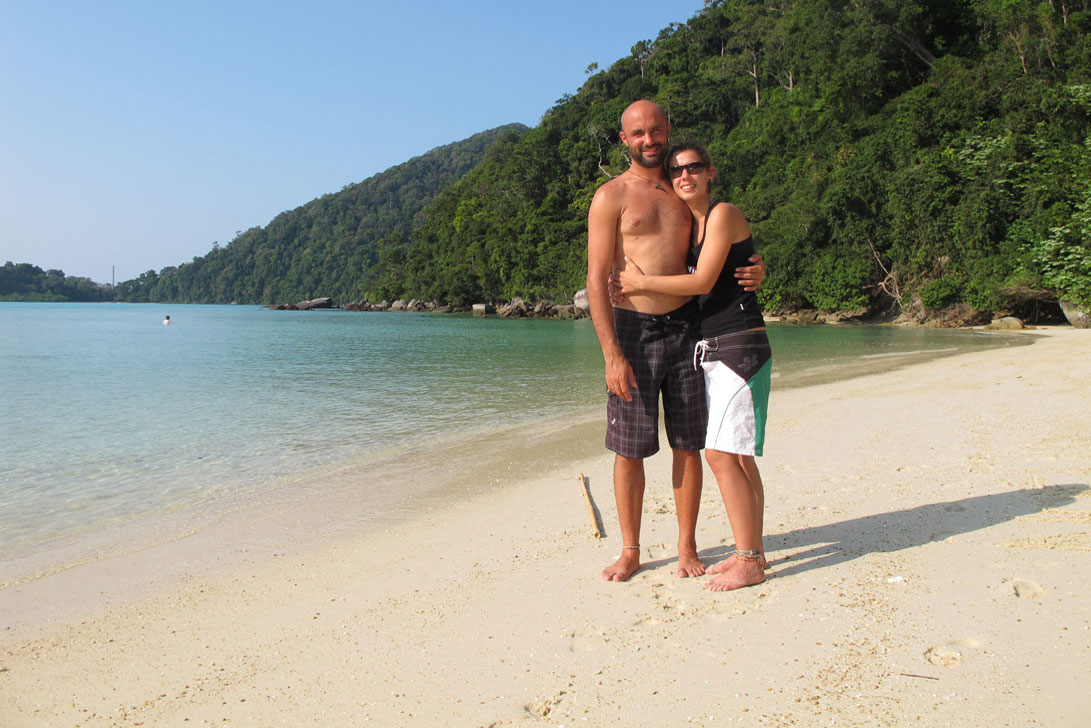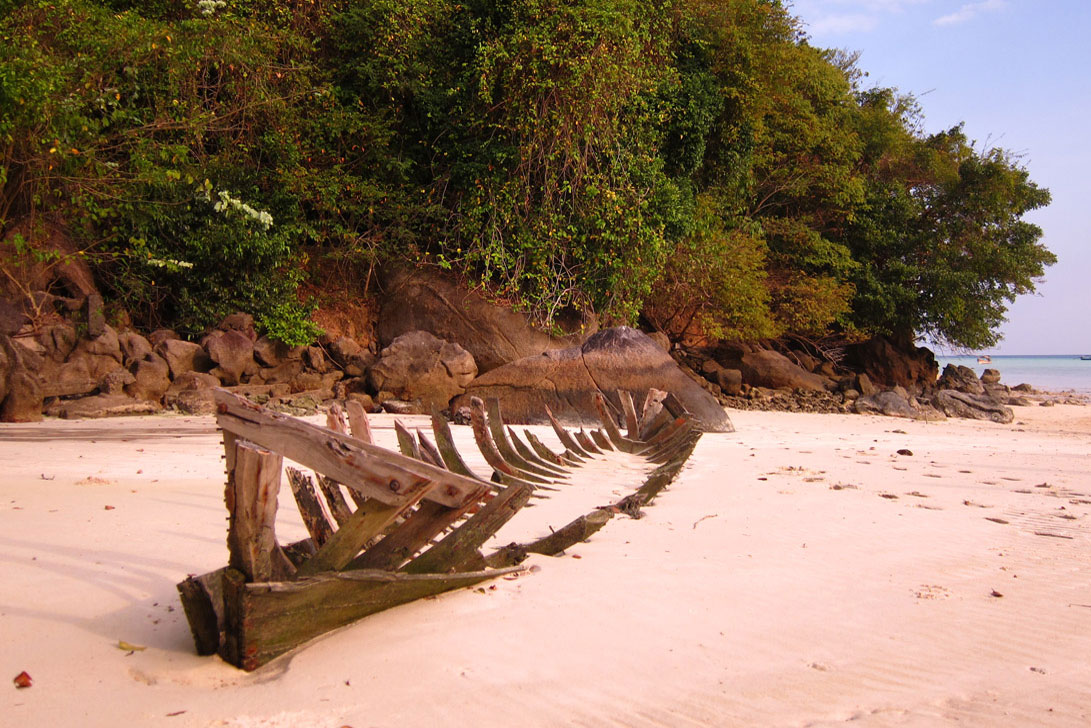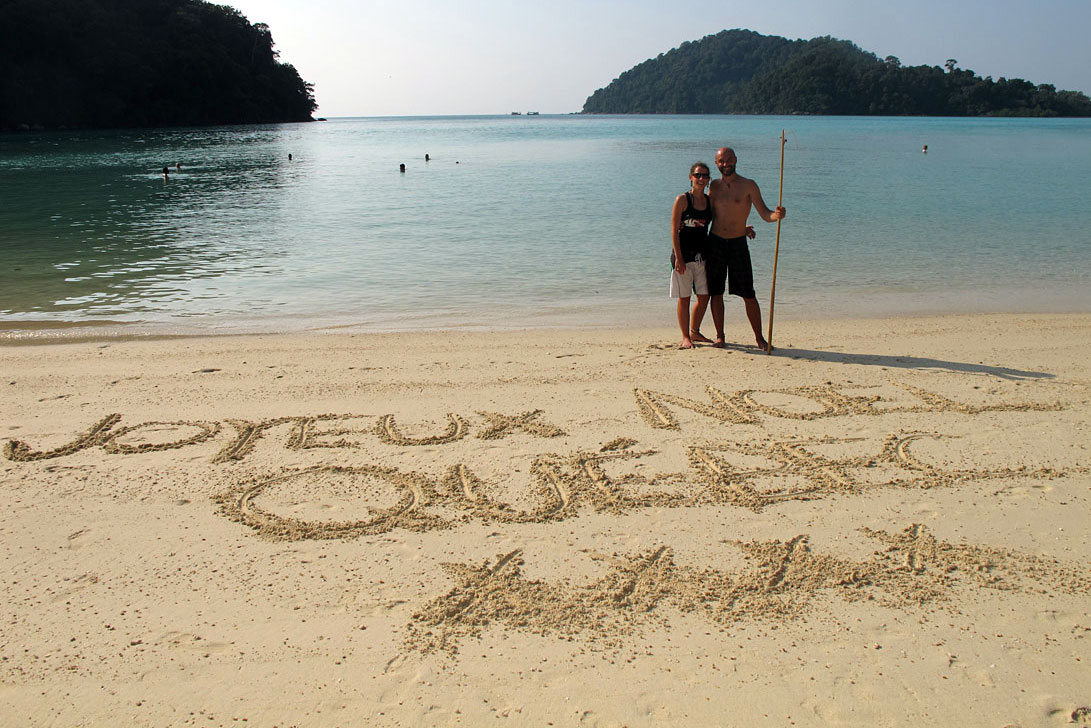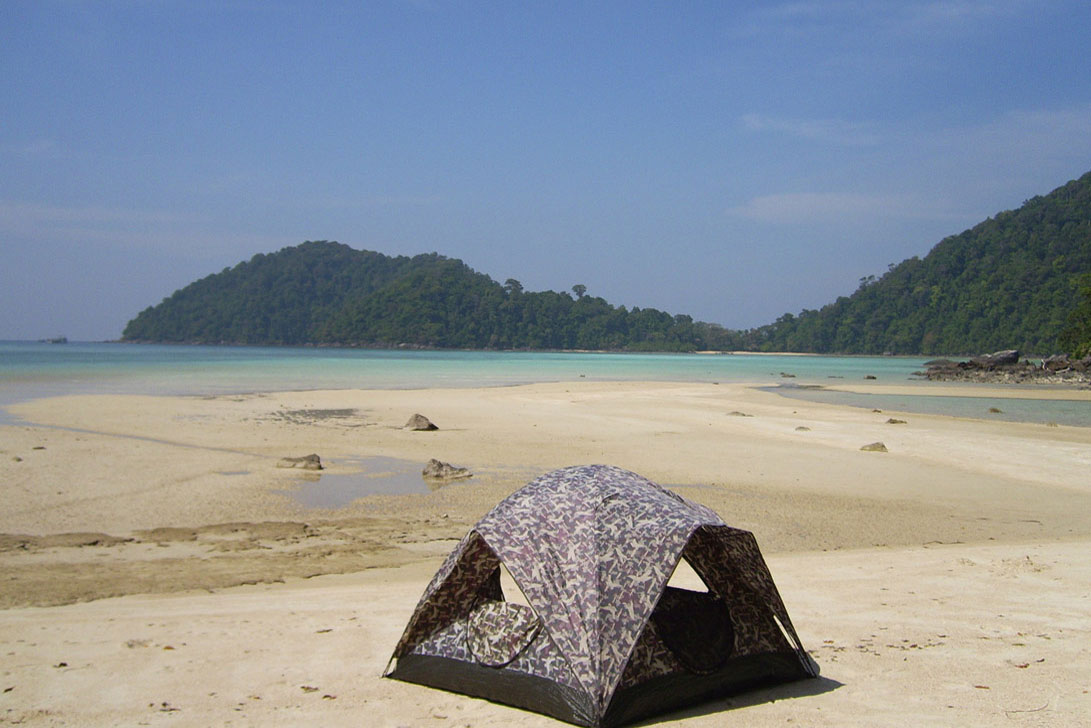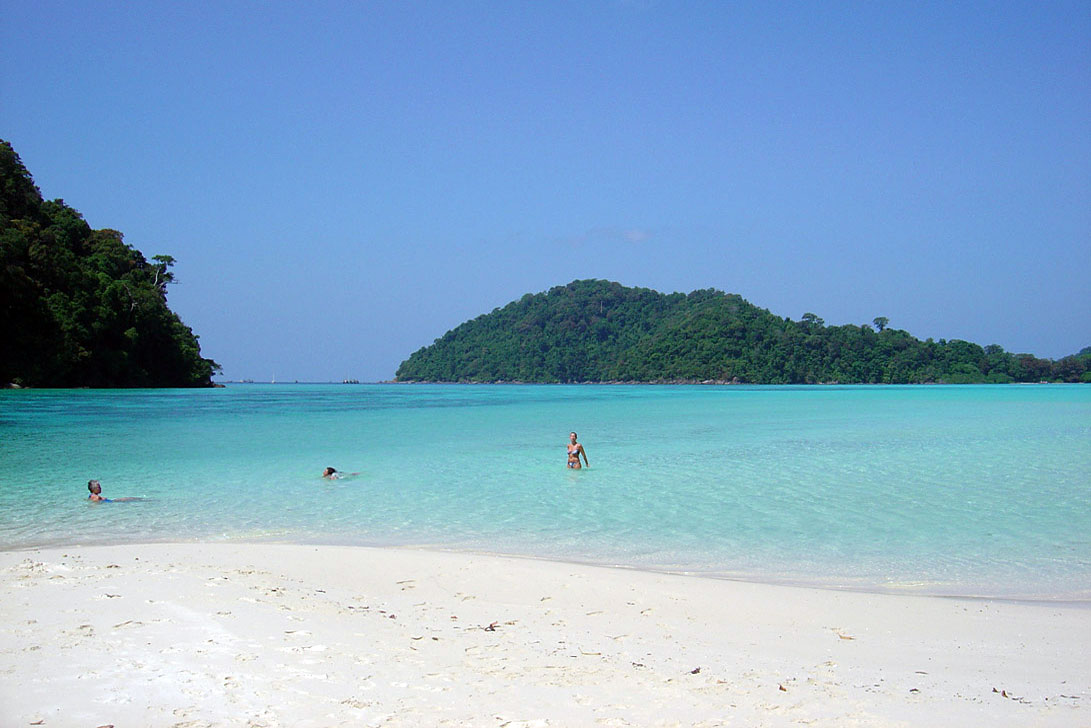The entire Surin archipelago covers a very large area with the two large islands Koh Surin Nua and Koh Surin Tai. Also, Richelieu Rock lies within the borders of the Surin National Park. These 3 areas in particular offer, undoubtedly, the most spectacular scuba diving in Thailand as this is where the large pelagic favorites, Manta Rays and Whale Sharks, are often sighted.
This is also a far-less frequented area than the Similan Islands. The snorkeling is far better and the encounters with marine life are far more frequent. Our on unique overnight snorkeling tours we take you in our own longtail boat to the secret spots. You camp on the beaches (operated by the government) and swim right in front of your tents…under the stars maybe?
Best Time to Visit
The smoothest seas and calmest weather is from Mid-January to late March
History
Surin Nuea is also home to a community of around 150 Moken, or “sea gypsies”, who have settled there on a semi-permanent basis for several decades. The Moken spend much of their lives on their boats, called “kabang”. They survive mainly through the gathering of shellfish and other marine life from the reefs and mudflats rather than fishing – their practice of collecting shells, snails and other marine resources for sale is technically illegal due to Surin’s national park status, but according to a UNESCO report, “The Moken [of the Surin islands] tend to escape the attention of both the Local Administration and the central government since their population size is considered negligible and their situation too complicated.”
Weather
The monsoon play an important role in all aspects of life on the Surin Islands. The monsoons always head in from the South West over the Andaman Sea. So The east coast is protected from the monsoons features powdery coral beaches, coral gardens of hard and soft corals which slope dramatically from the surface down to approximately 30-40 meters. Whereas the West coast is generally made up of the large boulders dropping into the depths. The flora is very much affected by the constant winds and have very dramatic scenery with only a few beaches
The weather on the Surin Islands could be classified into 2 seasons consisting of hot seasons starting from mid of February – May, while the raining season begins in mid- May and lasts until October which has a highest level of rainfall. The yearly average rainfall is more than 3,000 milimeters and the average of related humidity is 83 percent. .
Monsoons are the major factor in the weather conditions. When they are gone, the Surin Islands National Park is open! Even the occasional thunderstorm presents more opportunity than harm – we just consider it air-conditioning.
There are seasonal variations in currents – as the prevailing winds that bring the monsoons also bring in colder waters from the open ocean we tend to have even clearer water. Tidal currents are strong at the narrow points in the islands – be wary of trying to swim between the islands!
